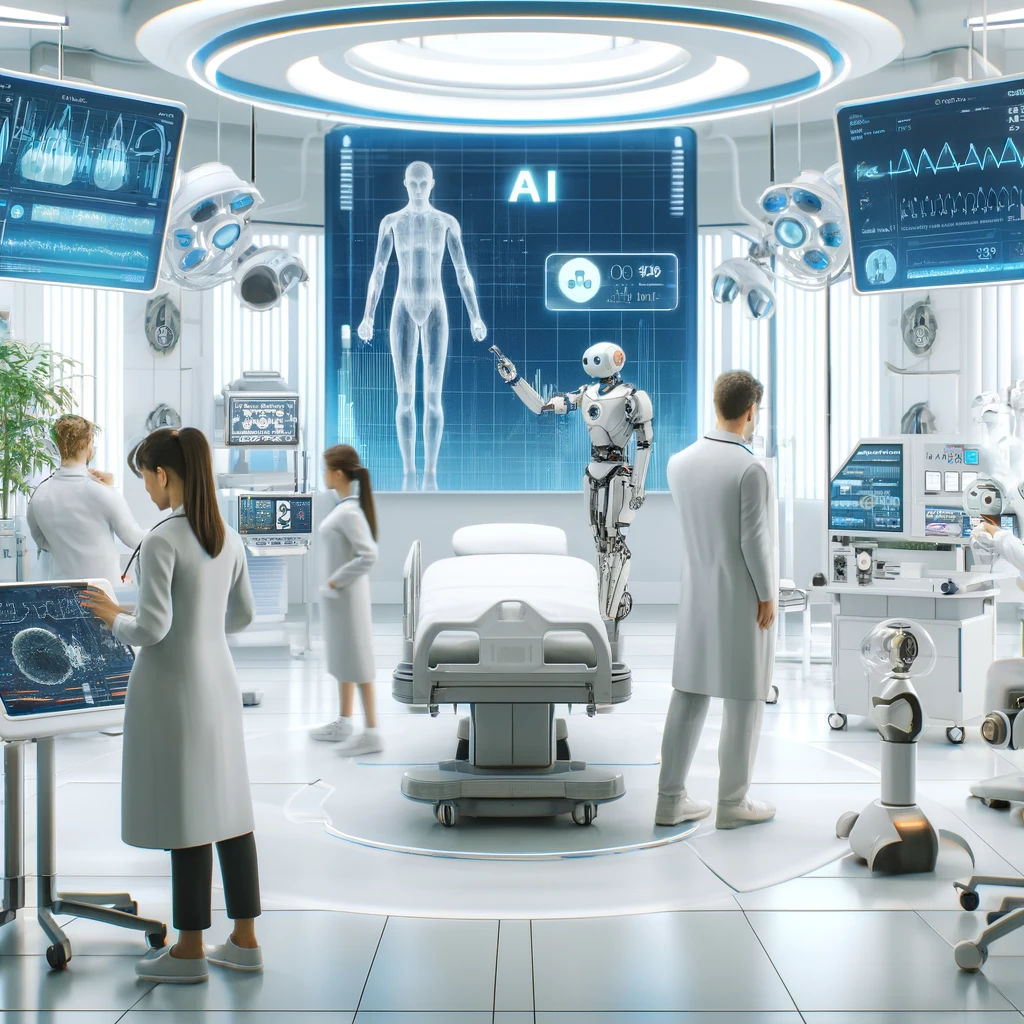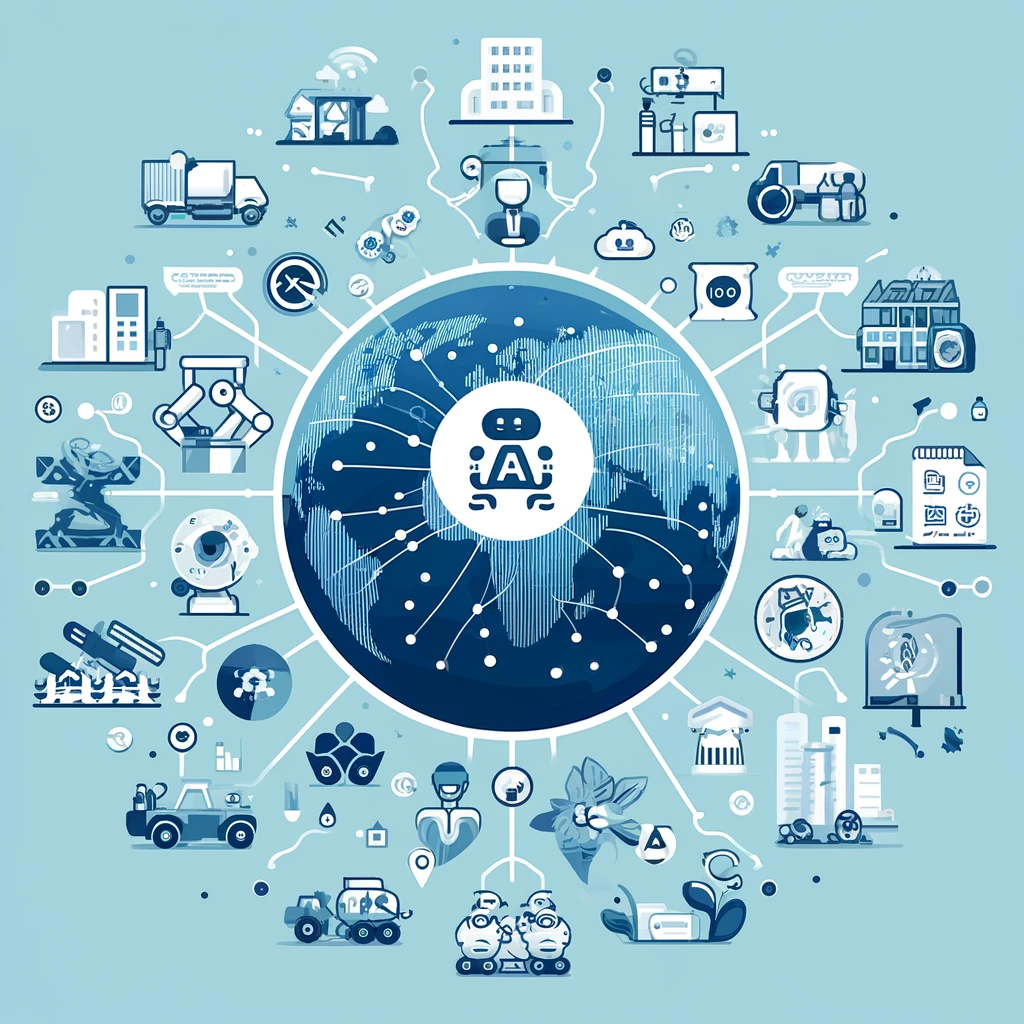Artificial Intelligence (AI) continues to revolutionize various sectors, and healthcare is at the forefront of this transformation. A groundbreaking AI diagnostic tool has recently been developed, boasting an impressive 99% accuracy rate in detecting a wide range of diseases. This technological marvel promises to enhance patient care, streamline medical processes, and significantly improve health outcomes.
The Rise of AI in Healthcare

AI’s integration into healthcare has been steadily growing, with applications ranging from predictive analytics to robotic surgeries. The latest advancement is an AI-powered diagnostic tool that can analyze medical data with unprecedented precision. This tool utilizes advanced machine learning algorithms and vast datasets to identify patterns and anomalies that human eyes might miss.
How the AI Diagnostic Tool Works

The AI diagnostic tool operates by processing and analyzing large volumes of medical data, including patient history, lab results, and imaging scans. Using sophisticated neural networks, the tool learns to recognize the subtle indicators of various diseases. Once trained, it can provide accurate diagnoses much faster than traditional methods.
Key Benefits of the AI Diagnostic Tool
- High Accuracy: With a 99% accuracy rate, this tool minimizes the risk of misdiagnosis, ensuring that patients receive the correct treatment promptly.
- Early Detection: The tool excels at detecting diseases in their early stages, which is crucial for conditions like cancer where early intervention can significantly improve survival rates.
- Cost-Effective: By automating the diagnostic process, healthcare providers can reduce costs associated with lengthy and repeated tests.
- Accessibility: This AI tool can be deployed in remote and underserved areas, providing high-quality diagnostic services where access to specialists is limited.
Case Studies and Real-World Applications

Several hospitals and clinics have already started integrating this AI diagnostic tool into their practices. For example, a leading hospital in the United States reported a significant reduction in diagnostic errors and faster turnaround times for test results. In another case, a rural clinic in India successfully used the tool to detect early-stage tuberculosis in patients who would otherwise have gone undiagnosed.
Ethical Considerations and Future Outlook
While the benefits are clear, the integration of AI in healthcare also raises important ethical considerations. Issues such as data privacy, the need for human oversight, and the potential for algorithmic bias must be addressed to ensure responsible use of this technology.
Looking ahead, the future of AI in healthcare is incredibly promising. Continuous improvements in AI algorithms and data processing capabilities will further enhance diagnostic accuracy and expand the range of detectable conditions. Moreover, the integration of AI with other emerging technologies, such as telemedicine and wearable health devices, will create a more connected and efficient healthcare ecosystem.
Conclusion
The advent of this AI diagnostic tool marks a significant milestone in the evolution of healthcare. With its remarkable accuracy and potential to transform medical diagnostics, AI is set to play a pivotal role in improving patient outcomes and making healthcare more efficient and accessible. As we embrace this technological revolution, it is essential to navigate the ethical landscape carefully, ensuring that AI serves as a tool for good in the medical field.


































